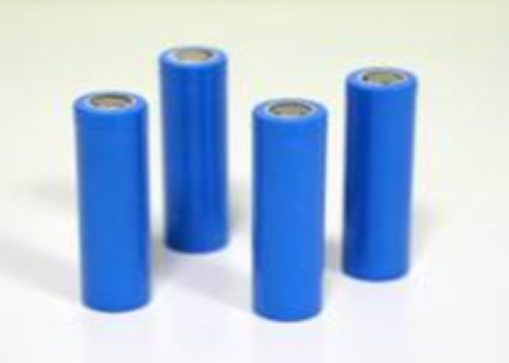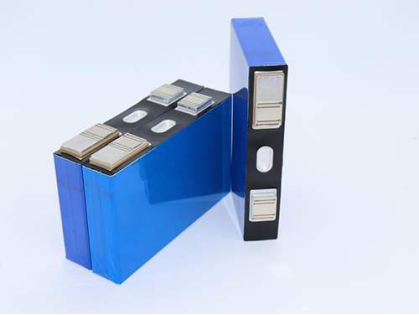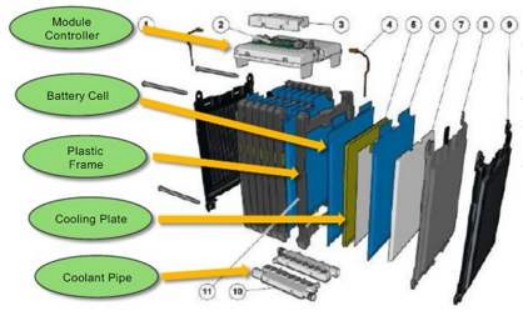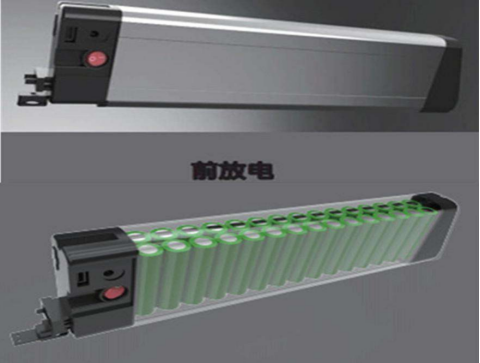Lithium ion battery project background
Lithium-ion battery is an indispensable energy storage product that drives human modern life, Lithium ion batteries are indispensable for daily communication, energy storage, household appliances, electric vehicles, electric ships, etc. And in special applications such as military, deep sea, and mining, lithium-ion batteries are characterized by their high energy density, long service life, and superior safety performance, Widely replaced the traditional lead-acid batteries, nickel-metal hydride batteries and other previous generation products.
Lithium-ion batteries are a technology-intensive industry,The development of this industry can also actively drive the development of the country's equipment manufacturing and materials industries. Advanced membrane technology, automatic assembly line technology, low dew point and high clean air atmosphere technology and corresponding equipment used in the core process of lithium ion battery manufacturing,It has a positive guidance and demonstration role for the development of other industrial technologies and equipment。The materials used in lithium-ion batteries can be integrated with local copper ore, cobalt ore and graphite ore for deep processing into ultra-thin copper foil for lithium-ion batteries, lithium cobaltate (lithium nickel cobalt manganate) cathode materials, and high-energy graphite anode materials.
Although lithium-ion batteries are currently the most popular type of battery, with the development of technology, there are many types of lithium-ion batteries, each one with its own advantages and disadvantages. However, overall, lithium-ion batteries have the following common advantages and disadvantages:
- The advantages of lithium-ion batteries.
(1) High voltage: The working voltage of a single battery can reach as high as 3.7-3.8V (the highest cell voltage can be charged up to 4.2V), which is three times that of Ni Cd and Ni-H batteries.
(2) High specific energy: Currently, the actual specific energy that can be achieved is about 555Wh/kg, which means that the material can reach a specific capacity of more than 150mAh/g (3-4 times Ni Cd, 2-3 times Ni MH), which is close to about 88% of its theoretical value.
(3) Long cycle life: generally can reach more than 500 times, or even more than 1000 times, and lithium iron phosphate can reach more than 2000 times. The lifespan of batteries in low current discharge appliances will double their competitiveness.
(4) Good safety performance: pollution-free, no memory effect. As the predecessor of Li-ion, lithium-ion batteries have reduced their application areas due to the formation of dendrites and short circuits caused by metallic lithium. Li-ion does not contain elements that pollute the environment such as cadmium, lead, and mercury. A major drawback of some Ni Cd batteries in certain processes (such as sintering) is the "memory effect", which seriously restricts the use of batteries. However, Li-ion does not have this problem at all.
(5) Low self discharge: The self discharge rate of Li ion, which is fully charged at room temperature and stored for one month, is about 2%, much lower than 25-30% of Ni Cd and 30-35% of Ni and MH.
(6) Fast charging and discharging: The capacity can reach over 80% of the nominal capacity after 30 minutes of charging, and now phosphate iron batteries can reach 90% of the nominal capacity after 10 minutes of charging.
(7) High working temperature range: The working temperature is -25~55 ° C. With the improvement of the electrolyte and positive electrode, it is expected to expand to -40~70 ° C.
- Disadvantages of lithium-ion batteries
(1) Aging: Unlike other rechargeable batteries, the capacity of lithium-ion batteries will slowly decline, independent of the number of uses, but related to temperature. The possible mechanism is that the internal resistance gradually increases, so it is more likely to be reflected in electronic products with high operating currents. Replacing graphite with lithium titanate seems to extend lifespan.
(2) Inability to bear overcharging: During overcharging, excessive embedded lithium ions will permanently fix in the lattice and cannot be released, which can lead to short battery life and gas production causing gas bubbles.
(3) Inability to withstand over discharge: During over discharge, excessive lithium ions are removed from the electrode, which can cause lattice collapse, shorten lifespan, and cause gas generation, resulting in gas bubbles.
(4) Multiple protection mechanisms are required: Due to the fact that incorrect use can reduce lifespan and even lead to explosions, multiple protection mechanisms have been added to the design of lithium-ion batteries.
Protection circuit: prevent overcharging, over discharging, overload, and overheating.
Exhaust port: to prevent excessive pressure inside the battery.
Diaphragm characteristics: It has high puncture resistance to prevent internal short circuits; When the internal temperature of the battery is too high, it can still melt, prevent lithium ions from passing through, block battery reactions, and increase internal resistance (up to 2kQ).
In summary, the development of the lithium-ion battery industry is a powerful industry that promotes developing countries to highly developed countries.
 |
 |
 |
 |
Share
-
Lithium Battery Welding Machine | High-Precision, Fast, SafeNewsNov.17,2025
-
Aluminium Guide Roller | Anodized, Lightweight, Low-NoiseNewsNov.17,2025
-
Tofu Cat Litter Bulk – Eco, Low-Dust, Fast Clumping SupplyNewsNov.17,2025
-
Equipment for Lithium Cell Assembly | Automated & PreciseNewsNov.10,2025
-
Square File Tool – Precision Cut, Hardened Steel, VersatileNewsNov.10,2025
-
Lithium Ion Battery Assembly Machine | Automated, High-SpeedNewsNov.10,2025







